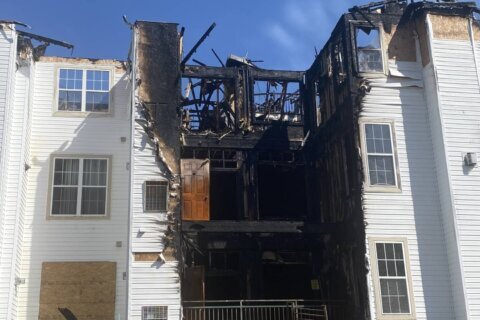We heard a lot about drivers generally speeding more often and behaving more recklessly in 2020 because there were fewer vehicles on the roads during the coronavirus pandemic, and a new study from AAA mid-Atlantic provides specific evidence related to that.
The study focuses on the bridge replacement work zone on the Capital Beltway above the Suitland Parkway in Prince George’s County, Maryland.
According to the study, 105,362 speed camera tickets were given out in that particular area throughout 2020. That represents a nearly 12% increase over the year before, when 94,308 speed camera tickets were issued there.
“This Beltway work zone sees 71.9 million vehicles per year,” said John Townsend, a spokesman for AAA mid-Atlantic. “Despite conspicuous warning signs in its work zones, an average of 300 speeders were ticketed per day in 2020.”
For whatever reason, the southbound side of the Beltway at that Suitland Parkway work zone had by far the most speeders with 57,868 speed camera tickets given out last year. On the northbound side, 47,474 drivers were ticketed.
Maryland currently has 16 active work zone speed camera locations.
Tickets are given to drivers who exceed the speed limit by at least 12 mph and the fines are $40 apiece. Notices are mailed to the registered owner of the violating vehicle.
Another Maryland work zone that saw a ton of speed camera tickets during the pandemic was along the northbound side of Indian Head Highway, also known as Md. Route 210, between Kerby Hill and Palmer roads.
Over the course of last year, 3,358 drivers received tickets for speeding through that area. That is a 49.7% increase over the year before, when 2,243 drivers were given tickets there.
Maryland’s work zone speed cameras are operated by the Maryland Department of Transportation State Highway Administration, the Maryland Transportation Authority and the Maryland State Police.
“Lane restrictions and other hazards in a work zone make it imperative for drivers to stay alert and obey the posted speed limit,” the agencies said.
“Driving too fast for conditions reduces a driver’s ability to steer safely around curves or objects in the roadway, extends the distance necessary to stop a vehicle and increases the distance a vehicle travels while a driver reacts to a dangerous situation.”








